Summary
With an elevation of approximately 14,003 feet, it offers a challenging yet rewarding climb for mountaineers. The peak, situated in the Sawatch Range, showcases breathtaking panoramic views of the surrounding valleys and neighboring mountain ranges.
During the winter season, Huron Peak experiences a significant snowpack. The snowpack range can vary depending on the year, but it typically accumulates from November to April, with the deepest snowfall occurring between January and March. This makes it an ideal destination for winter sports enthusiasts looking to engage in activities such as snowshoeing, backcountry skiing, and snowboarding.
Huron Peak also contributes to the water sources in the region, as several creeks and rivers receive runoff from the mountain. These include Clear Creek, Chalk Creek, and the Arkansas River. The melting snow from the peak provides a vital water supply for the surrounding ecosystems and communities downstream.
In terms of its name, Huron Peak is believed to have been named by early pioneers and explorers after the Huron Native American tribe. The reason for this choice of name is unclear, and there are no specific legends or lore associated with the peak. However, the mountain holds its own allure through its stunning natural beauty and the challenges it presents to those seeking to conquer its heights.
Weather Forecast
Regional Streamflow Levels
20
Cubic Feet Per Second
43
Cubic Feet Per Second
229
Cubic Feet Per Second
26
Cubic Feet Per Second
Area Campgrounds
| Location | Reservations | Toilets |
|---|---|---|
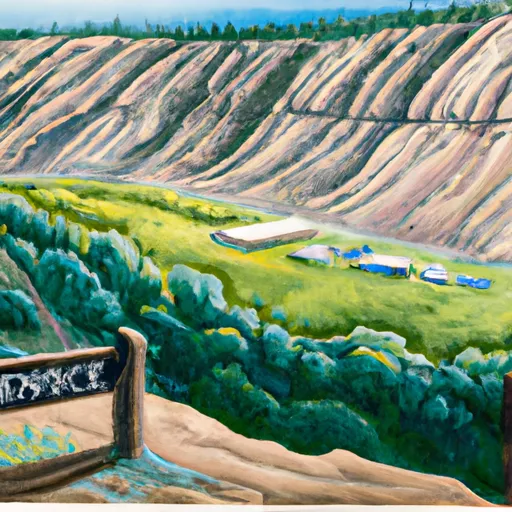 Crescent Mining Camp
Crescent Mining Camp
|
||
 Dawson Cabin
Dawson Cabin
|
||
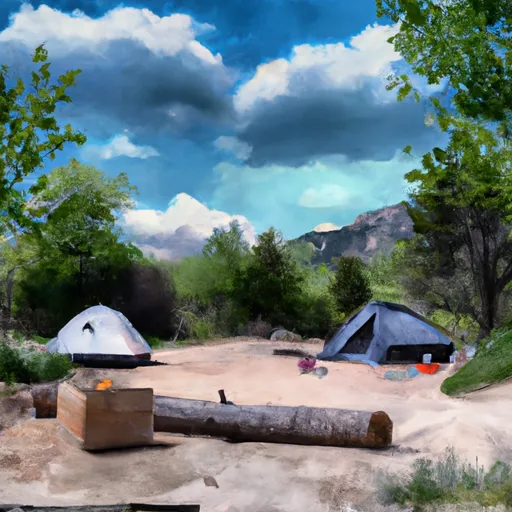 Twin Peaks Campground
Twin Peaks Campground
|
||
 Twin Peaks
Twin Peaks
|
||
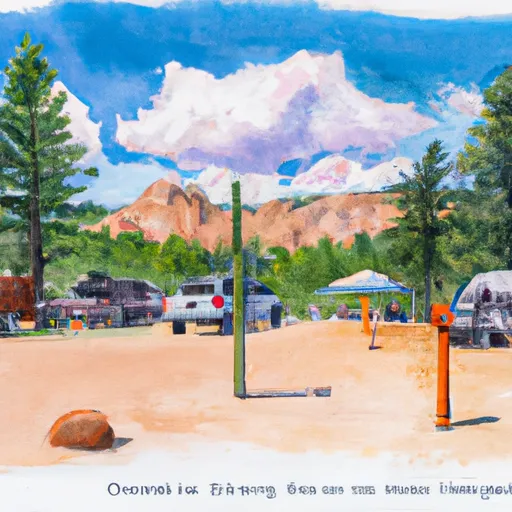 Dinner Station Campground - Gunnison RD
Dinner Station Campground - Gunnison RD
|
||
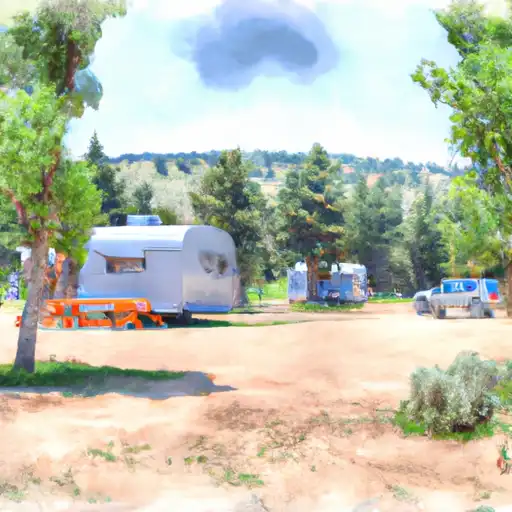 Dinner Station
Dinner Station
|

 Sayer's Gulch Trailhead
Sayer's Gulch Trailhead
 Moache Fishing Site
Moache Fishing Site
 Deception Point Fishing Site
Deception Point Fishing Site
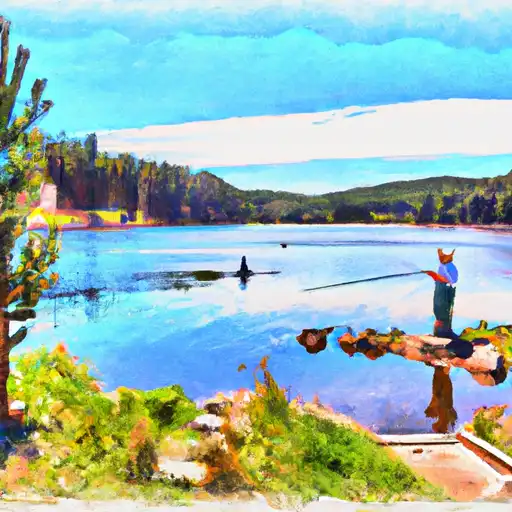 Taylor Park Reservoir
Taylor Park Reservoir
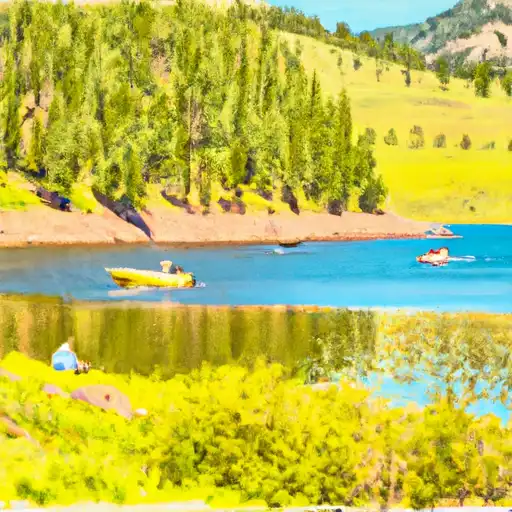 Clear Creek Reservoir
Clear Creek Reservoir